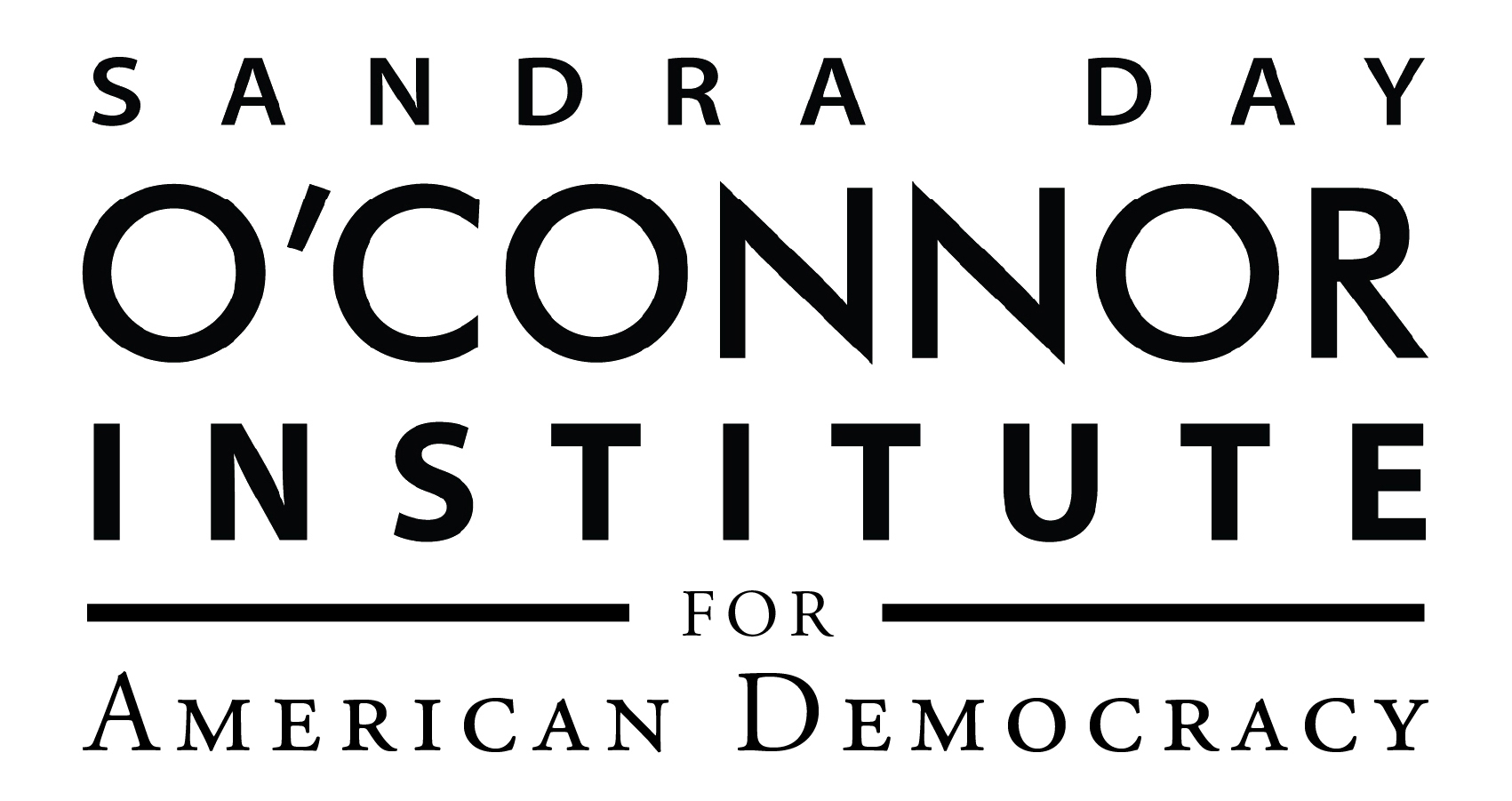Dual Court System
The dual court system refers to the coexistence of two separate court systems in the United States: the federal and state court systems. While the federal court system has jurisdiction over cases that involve federal law, the state court system has jurisdiction over cases that involve state law.
Most legal disputes in the U.S. arise under state law, so the vast majority of cases are heard in state courts. Each state has its own court system, which includes trial courts, appellate courts, and a supreme court. The trial courts, also known as the district courts, are responsible for hearing cases at the initial stage, while the appellate courts review decisions made by the trial courts. The state supreme court is the highest in the state and has the final say on matters of state law.
If a case in state court involves a federal question or issue, such as a violation of the U.S. Constitution, federal law, or a treaty, it may be appealed to the federal courts. This means that if a party is unhappy with the decision made by the state supreme court, they may appeal the decision to the U.S. Supreme Court, which is the highest court in the country and has the final say on matters of federal law.
In summary, the dual court system in the U.S. allows for the coexistence of two separate court systems: the federal court system and the state court system. Most legal disputes are heard in state courts, but cases that involve federal law or a federal question may be appealed to the federal courts, including the U.S. Supreme Court.

